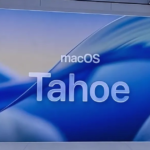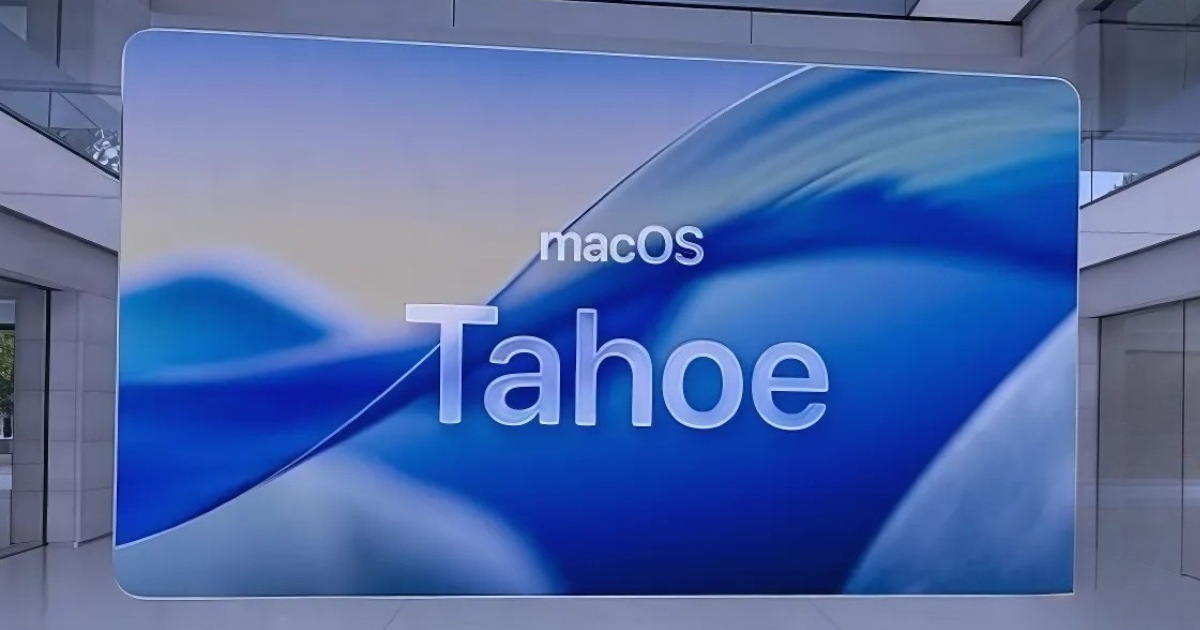Motion-activated cards are an innovative technology designed to enhance interaction and efficiency in various applications. By integrating motion sensors into physical cards, these devices can trigger actions based on movement, providing a dynamic and responsive user experience. This article explores how motion-activated cards work, their applications in different sectors, the benefits they offer, and considerations for their implementation.
How Motion Activated Cards Work
These cards utilize advanced technology to detect and respond to movement. These cards are equipped with motion sensors, such as accelerometers or gyroscopes, which measure changes in motion or orientation. When movement is detected, the card triggers specific actions or alerts based on its programming. The process typically involves the following steps:
- Sensor Activation: Sensors within the card detect motion or changes in position.
- Action Triggering: Upon detecting movement, the card activates pre-set actions or sends signals to connected systems.
- Communication: Some cards are equipped with wireless communication modules, such as Bluetooth or NFC, allowing them to interact with other devices or systems.
Applications in Various Sectors
These cards have a wide range of applications across different sectors, each benefiting from the unique capabilities of this technology.
1. Security and Access Control
In security systems, motion-activated cards enhance access control and monitoring:
- Automatic Unlocking: Cards can unlock doors or gates automatically when motion is detected, such as when an authorized person approaches.
- Enhanced Security: By requiring physical presence and movement for access, these cards provide an additional layer of security, reducing the risk of unauthorized entry.
2. Interactive Exhibits and Displays
Museums, galleries, and educational institutions use motion-activated cards to create engaging and interactive exhibits:
- Dynamic Exhibits: Cards can activate multimedia content or interactive elements when a visitor approaches or interacts with the display.
- Personalized Experiences: Motion detection allows for personalized content delivery, enhancing the visitor experience and providing tailored information.
3. Healthcare and Wellness
In healthcare settings, motion-activated cards contribute to patient care and facility management:
- Patient Monitoring: Cards can track patient movements or activity levels, providing valuable data for health monitoring and care planning.
- Facility Automation: Cards can automate processes such as adjusting room lighting or controlling medical equipment based on detected movement.
4. Retail and Customer Engagement
Retail environments leverage these cards to improve customer interactions and streamline operations:
- Interactive Marketing: Cards can trigger promotions, digital content, or rewards when customers move through specific areas or engage with displays.
- Efficient Checkout: Motion sensors can facilitate quicker transactions or activate loyalty programs based on customer movement.
Benefits of Motion Activated Cards
These cards offer several advantages, making them a valuable tool in various applications.
1. Enhanced User Interaction
These cards create a more engaging and interactive experience by responding to physical movement. This dynamic interaction enhances user satisfaction and involvement, whether in an exhibition, security system, or retail environment.
2. Improved Security
Incorporating motion sensors into security systems adds an extra layer of protection. The requirement for physical presence and movement ensures that only authorized individuals can access restricted areas, reducing the risk of unauthorized entry.
3. Increased Efficiency
Automation driven by motion detection streamlines operations and improves efficiency. For example, automatic unlocking of doors or activation of devices reduces manual intervention, making processes more seamless and efficient.
4. Valuable Data Collection
Motion-activated cards can collect data on user behavior, movement patterns, and interaction frequency. This data can be analyzed to gain insights, optimize processes, and make informed decisions.
Considerations for Implementation
Implementing motion-activated cards requires careful planning and consideration to ensure success.
1. Cost and Budget
The cost of motion-activated cards includes the expense of the cards themselves, installation, and ongoing maintenance. Evaluating the cost-effectiveness and ensuring that the benefits justify the investment are crucial steps in the planning process.
2. Integration with Existing Systems
Motion-activated cards must be compatible with existing systems and infrastructure. Seamless integration with current technologies ensures that the cards function effectively and enhance overall operations.
3. Privacy and Data Security
When using these cards, particularly in sensitive environments, it is important to address privacy and data security concerns. Ensure that any collected data is securely stored and managed, and that user privacy is protected.
4. Maintenance and Support
Regular maintenance and support are essential for ensuring the continued functionality of motion-activated cards. This includes battery replacements, software updates, and troubleshooting any technical issues that arise.
5. User Training
Training users on how to interact with and utilize motion-activated cards is important for maximizing their effectiveness. Providing clear instructions and support helps users understand how to engage with the technology and utilize its features.
Conclusion
These cards are a revolutionary technology that enhances interaction, security, and efficiency across various applications. By understanding how these cards work, exploring their diverse applications, and considering key factors for implementation, organizations can leverage this technology to improve user experiences and streamline operations. Whether used in security systems, interactive exhibits, healthcare settings, or retail environments, motion-activated cards offer a dynamic and responsive solution that meets the needs of modern facilitation.









